Halloween, celebrated on October 31st, is a holiday filled with spooky fun, costumes, and candy. But have you ever wondered about the origins of this festive day? Let's dive into the history of Halloween and discover how it evolved over the centuries.
Ancient Celtic Roots
The origins of Halloween can be traced back over 2,000 years to the ancient Celtic festival of Samhain (pronounced "sow-in"). The Celts, who lived in what is now Ireland, the United Kingdom, and northern France, celebrated their new year on November 1st. This day marked the end of summer and the harvest, and the beginning of the dark, cold winter—a time often associated with death.
On the night of October 31st, the Celts believed that the boundary between the living and the dead became blurred. They celebrated Samhain, when it was believed that the ghosts of the dead returned to earth. To commemorate the event, Druids (Celtic priests) built huge bonfires where people gathered to burn crops and animals as sacrifices to the Celtic deities. During the celebration, the Celts wore costumes, typically made of animal heads and skins, to ward off roaming spirits.
Roman Influence
By 43 A.D., the Roman Empire had conquered most of the Celtic territory. Over the next 400 years, two Roman festivals were combined with the traditional Celtic celebration of Samhain. The first was Feralia, a day in late October when the Romans commemorated the passing of the dead. The second was a day to honor Pomona, the Roman goddess of fruit and trees. The symbol of Pomona is the apple, which might explain the tradition of bobbing for apples that is practiced today.
All Saints' Day and All Hallows' Eve
In the 8th century, Pope Gregory III designated November 1st as All Saints' Day, a time to honor all saints and martyrs. The evening before was known as All Hallows' Eve, which later became Halloween. Over time, Halloween evolved into a day of activities like trick-or-treating, carving jack-o-lanterns, festive gatherings, donning costumes, and eating treats.
Halloween in America
Halloween was not widely celebrated in America until the second half of the 19th century, when a wave of Irish immigrants brought their Halloween traditions with them. The holiday gradually spread across the country, and by the early 20th century, it had become a community-centered event with parades and town-wide parties.
Modern Celebrations
Today, Halloween is celebrated with a variety of activities. Children and adults alike dress up in costumes, go trick-or-treating, attend parties, visit haunted houses, and carve pumpkins into jack-o-lanterns. Despite its ancient roots, Halloween has become a fun and festive holiday that brings communities together.As we celebrate Halloween, it's fascinating to remember its rich history and the many cultures that have contributed to its evolution. From ancient Celtic rituals to modern-day festivities, Halloween continues to be a beloved holiday for people of all ages.


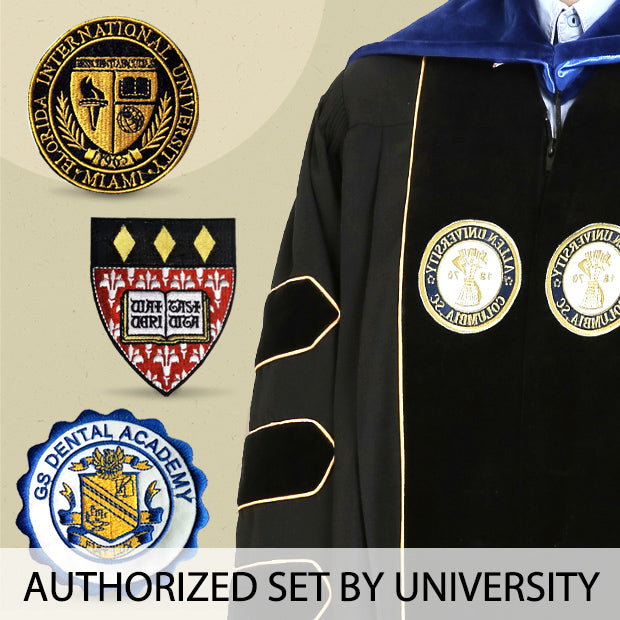
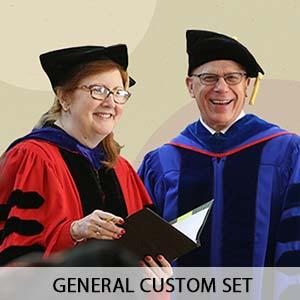

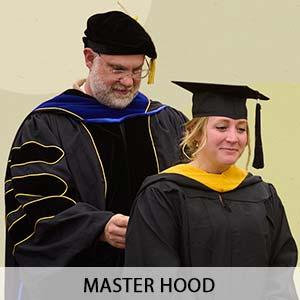

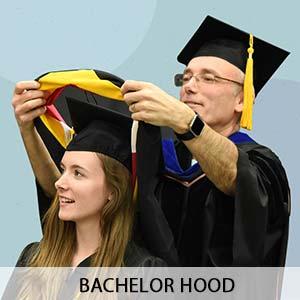
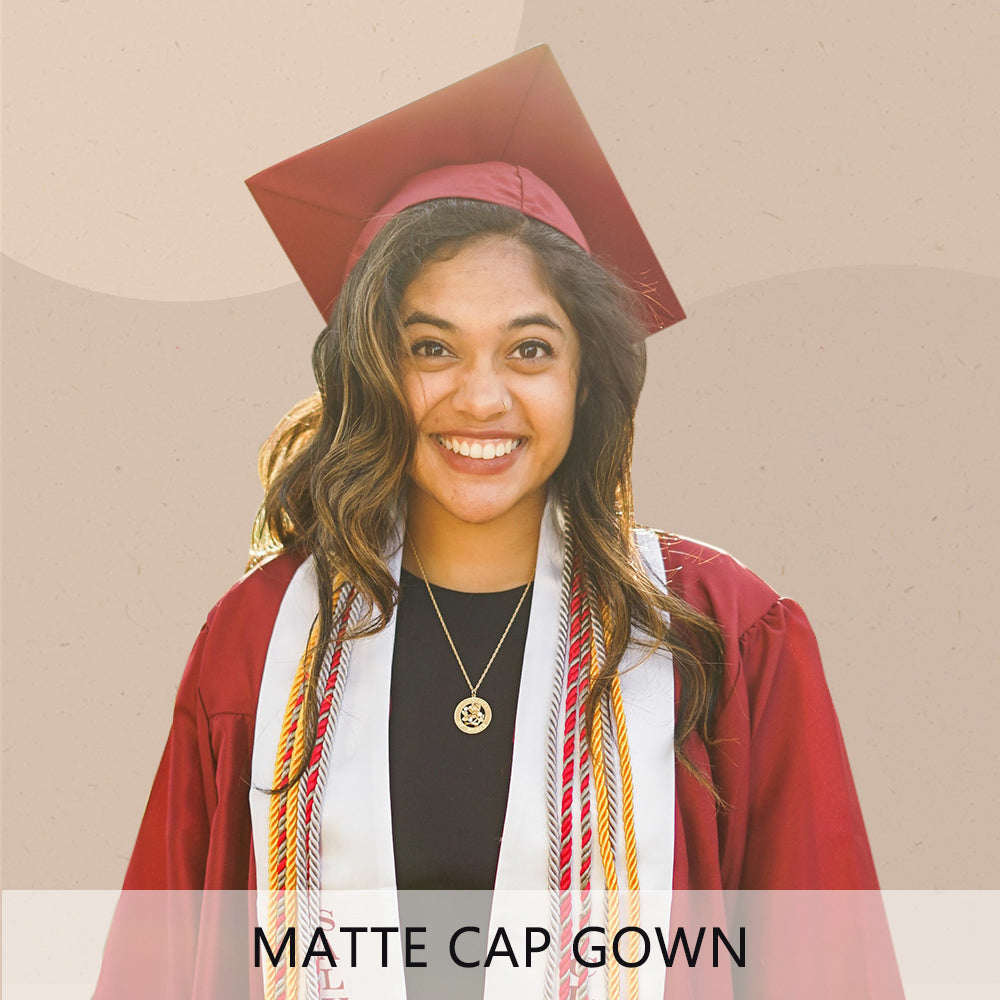




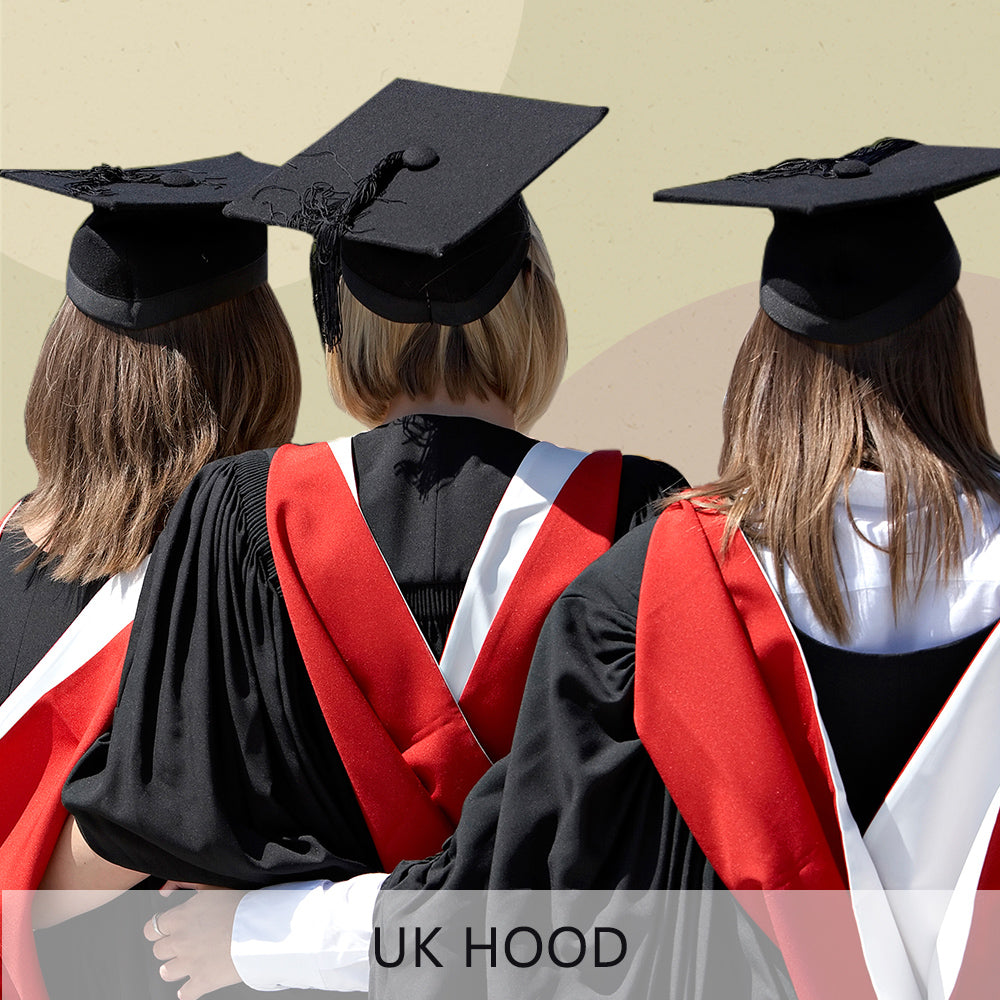
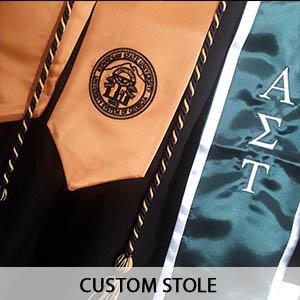

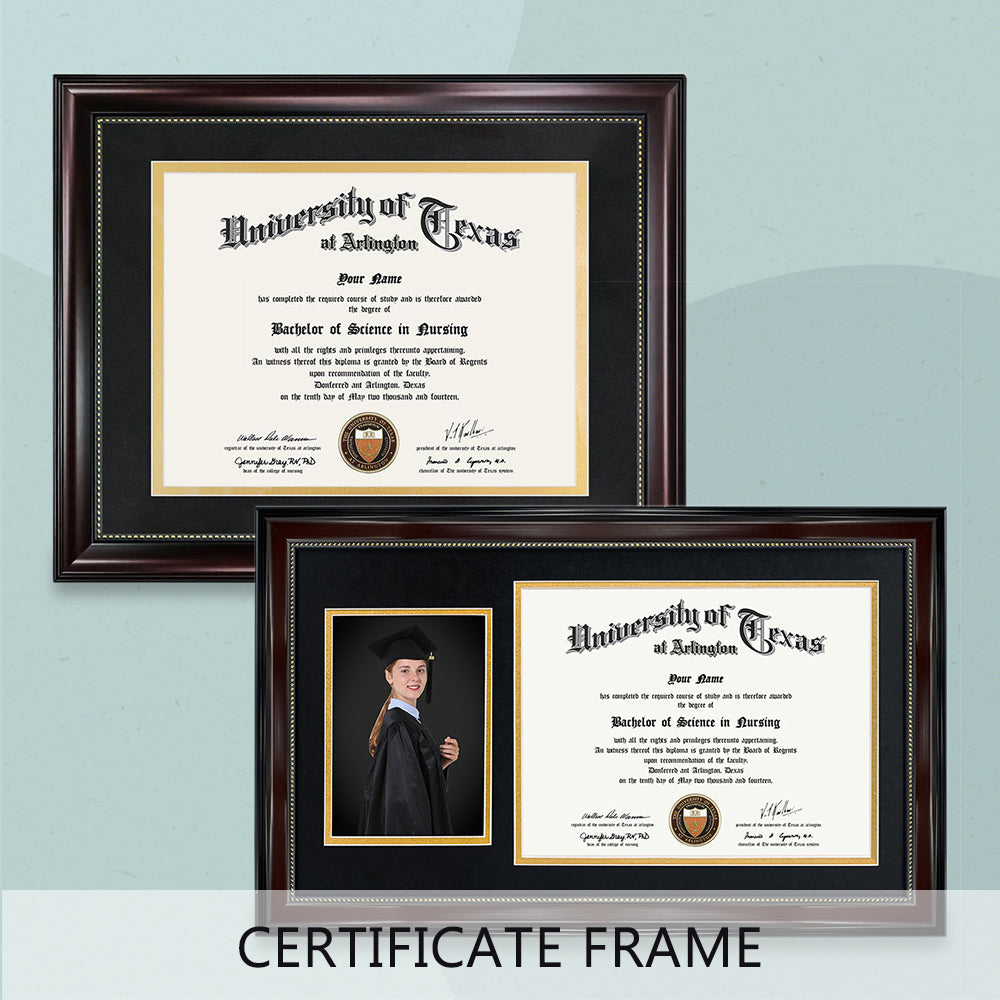
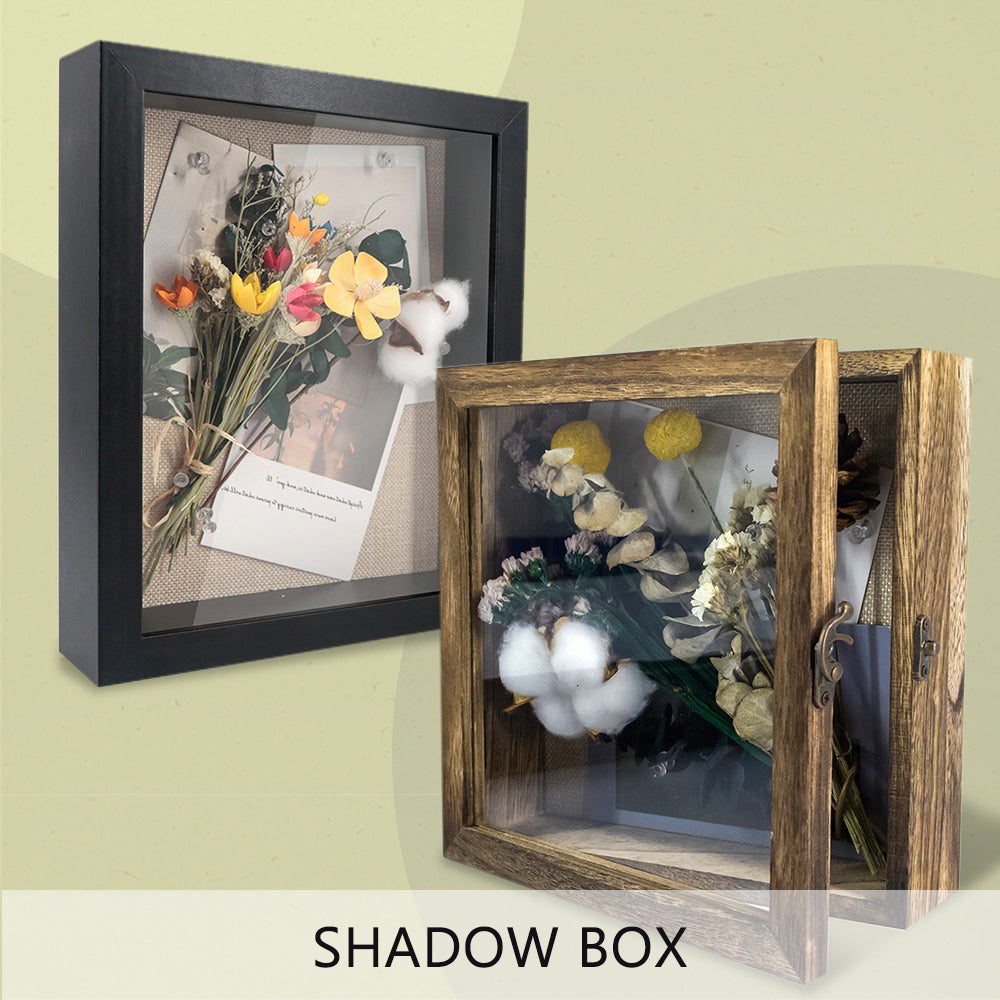


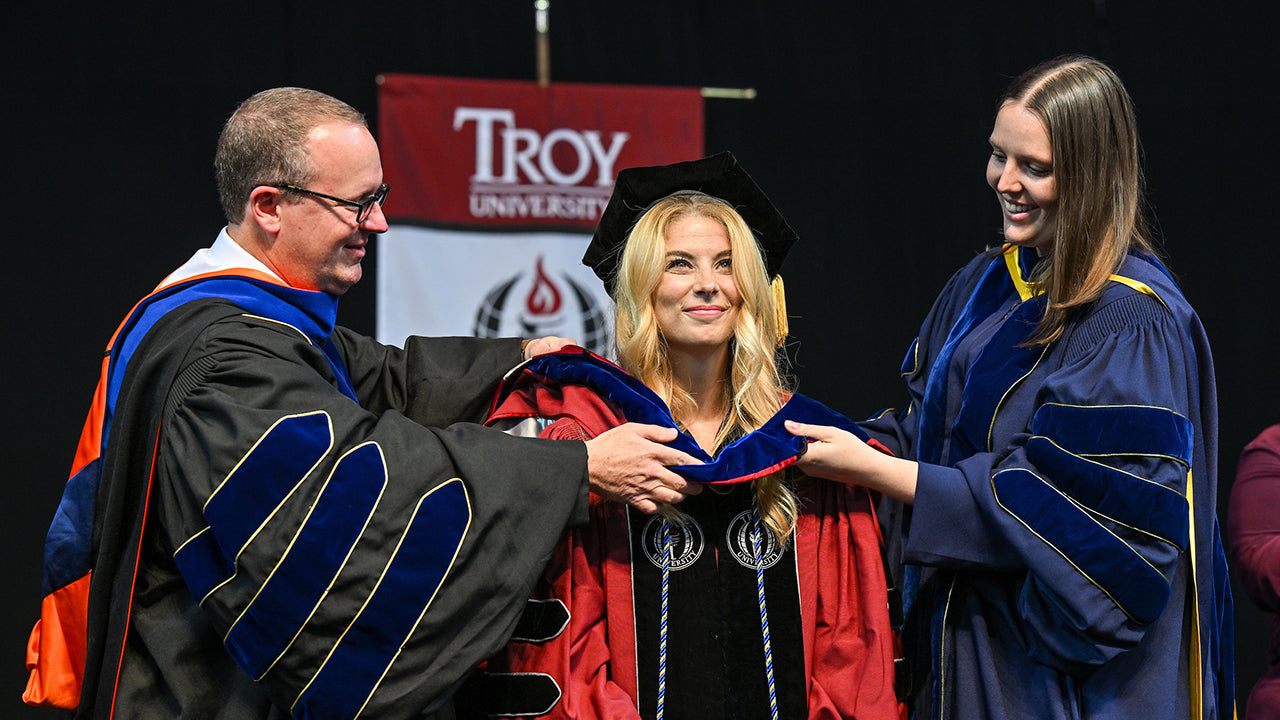
Leave a comment
This site is protected by hCaptcha and the hCaptcha Privacy Policy and Terms of Service apply.